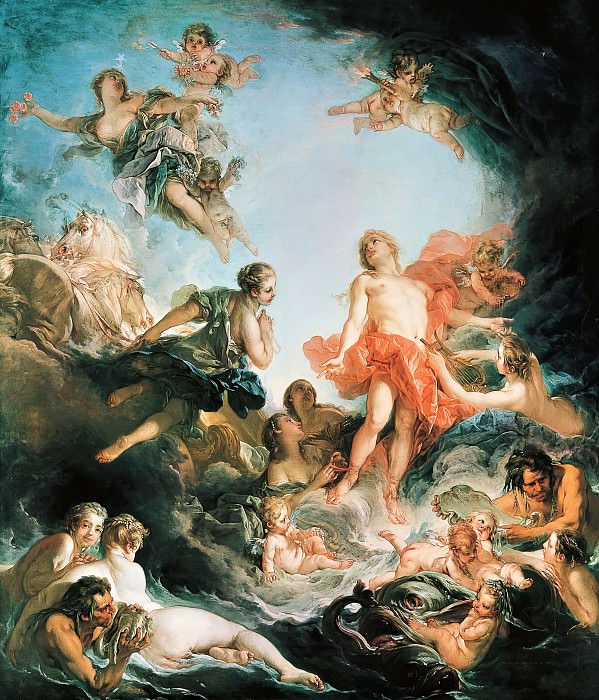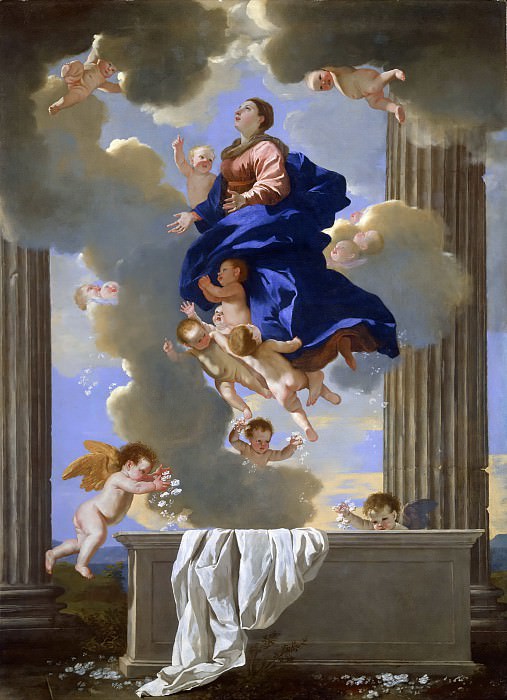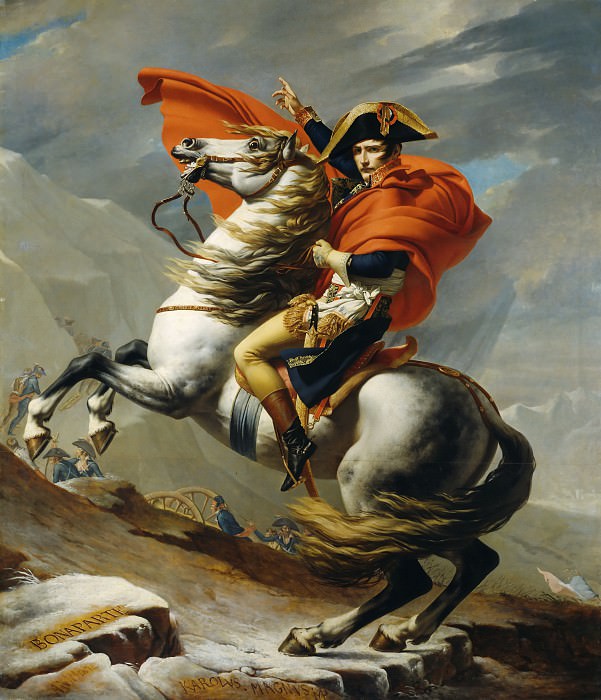Winston Churchill and the Art of War
Winston Churchill, best known for his leadership during World War II, was not only a formidable statesman and orator but also a passionate artist. His artistic pursuits offer a fascinating lens through which to explore his multifaceted personality and the ways in which he grappled with the stresses of leadership. Churchill's art provides a unique perspective on his character, revealing his creative side and his enduring quest for expression amid the tumult of global conflict.
The Genesis of Churchill's Artistic Journey
Churchill’s foray into art began relatively late in his life, around the age of 40, during a period of intense political and personal challenges. His initial exposure to painting came from his fascination with the work of artists such as Claude Monet and John Singer Sargent. Despite his busy political career, Churchill found solace and a sense of peace in painting, which he described as a form of therapy that allowed him to escape from the pressures of his public responsibilities.
Churchill’s early works were primarily landscapes, reflecting his admiration for the English countryside and the beauty of nature. His art was influenced by his travels, with scenes of the Mediterranean, the Swiss Alps, and the English countryside appearing frequently in his paintings. This connection to nature not only provided him with relaxation but also inspired a deep sense of tranquility and contemplation.
Artistic Techniques and Influences
Churchill’s approach to painting was marked by a personal style that evolved over time. He began with a rather traditional approach, focusing on realistic depictions of landscapes and seascapes. However, as he gained more confidence, his style became more impressionistic. His use of bold colors and dynamic brushwork is reminiscent of the Impressionist movement, though his work remained distinctly his own. Churchill’s paintings often exhibit a vibrant palette and a keen eye for capturing the essence of light and atmosphere.
Despite his late start, Churchill was a diligent student of art. He studied various techniques and was influenced by several artists and movements. His admiration for Monet is evident in his treatment of light and color, while his use of color and form can also be traced back to the influence of Post-Impressionism. Churchill’s paintings reveal his deep understanding of the visual language of art, though he never sought to be a professional artist. His primary aim was personal expression and relief from the burdens of his political career.
The Role of Art in Churchill’s Life
Art played a significant role in Winston Churchill’s life, particularly during the periods of intense stress and hardship. His paintings provided an emotional outlet and a form of escapism from the high-stakes world of politics. During World War II, when Churchill was at the height of his powers as Prime Minister, he found that painting allowed him to decompress and recharge. His art sessions were a sanctuary where he could immerse himself in beauty and creativity, away from the relentless demands of wartime leadership.
Churchill’s art also served as a reflection of his mood and state of mind. During times of personal and political crisis, his paintings often took on a darker tone, mirroring the turbulent nature of his thoughts. Conversely, in periods of relative calm, his works displayed a lighter and more optimistic perspective. This dynamic interplay between his internal world and his external circumstances is a testament to the therapeutic nature of his artistic practice.
Legacy and Impact of Churchill’s Art
The legacy of Winston Churchill’s art extends beyond his own personal satisfaction and relaxation. His paintings have garnered significant interest from collectors and historians, offering insights into his personality and creative inclinations. Exhibitions of his work have been held in various prestigious venues, highlighting the aesthetic value and historical significance of his artistic contributions.
Churchill’s art also serves as a valuable historical artifact, providing a visual record of his life and times. His paintings capture not only the landscapes he loved but also the emotional landscape of his life. The juxtaposition of his political achievements with his artistic endeavors paints a fuller picture of his complex character, showing that he was as much a creative soul as he was a political powerhouse.
Public Reception and Appreciation
The public reception of Churchill’s art has evolved over the years. Initially, his paintings were regarded as a private hobby, something to be enjoyed by his close family and friends. However, as time has passed, the value and significance of his work have become more widely recognized. Art collectors and enthusiasts now view Churchill’s paintings as important contributions to the art world, reflecting not only his personal journey but also the broader context of his era.
Churchill’s art has been the subject of numerous articles, books, and exhibitions, each adding to the growing appreciation of his work. The critical acclaim that his paintings have received is a testament to their quality and the enduring interest in the life of this remarkable individual.
Conclusion: Churchill’s Artistic Legacy
Winston Churchill’s artistic legacy is a testament to his multidimensional personality and his ability to find solace and inspiration through creative expression. His paintings offer a unique glimpse into his inner world, revealing the depth of his emotions and his profound connection to nature. Churchill’s art remains a significant aspect of his life story, complementing his achievements as a leader and offering a lasting tribute to his creative spirit. Through his paintings, we gain a deeper understanding of the man behind the public persona, appreciating both his artistic talent and his indomitable character.




